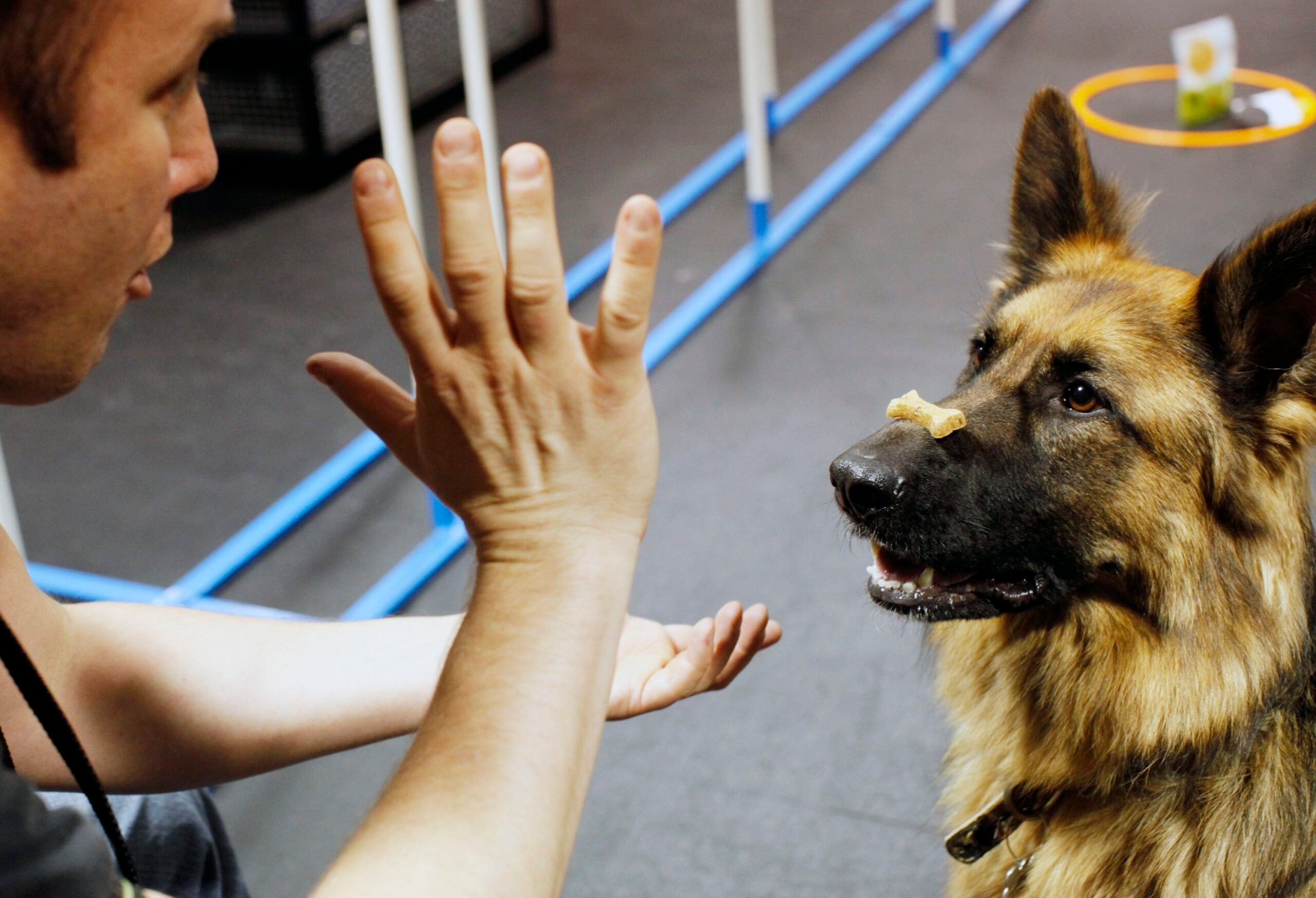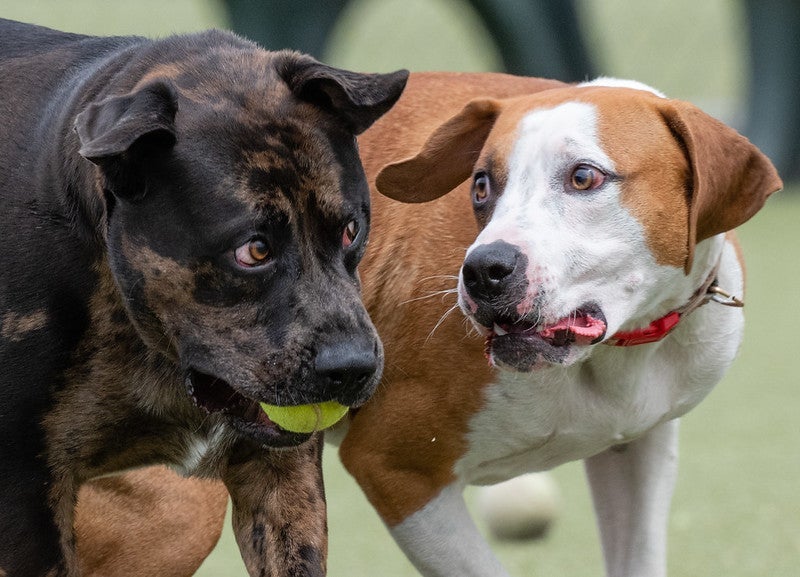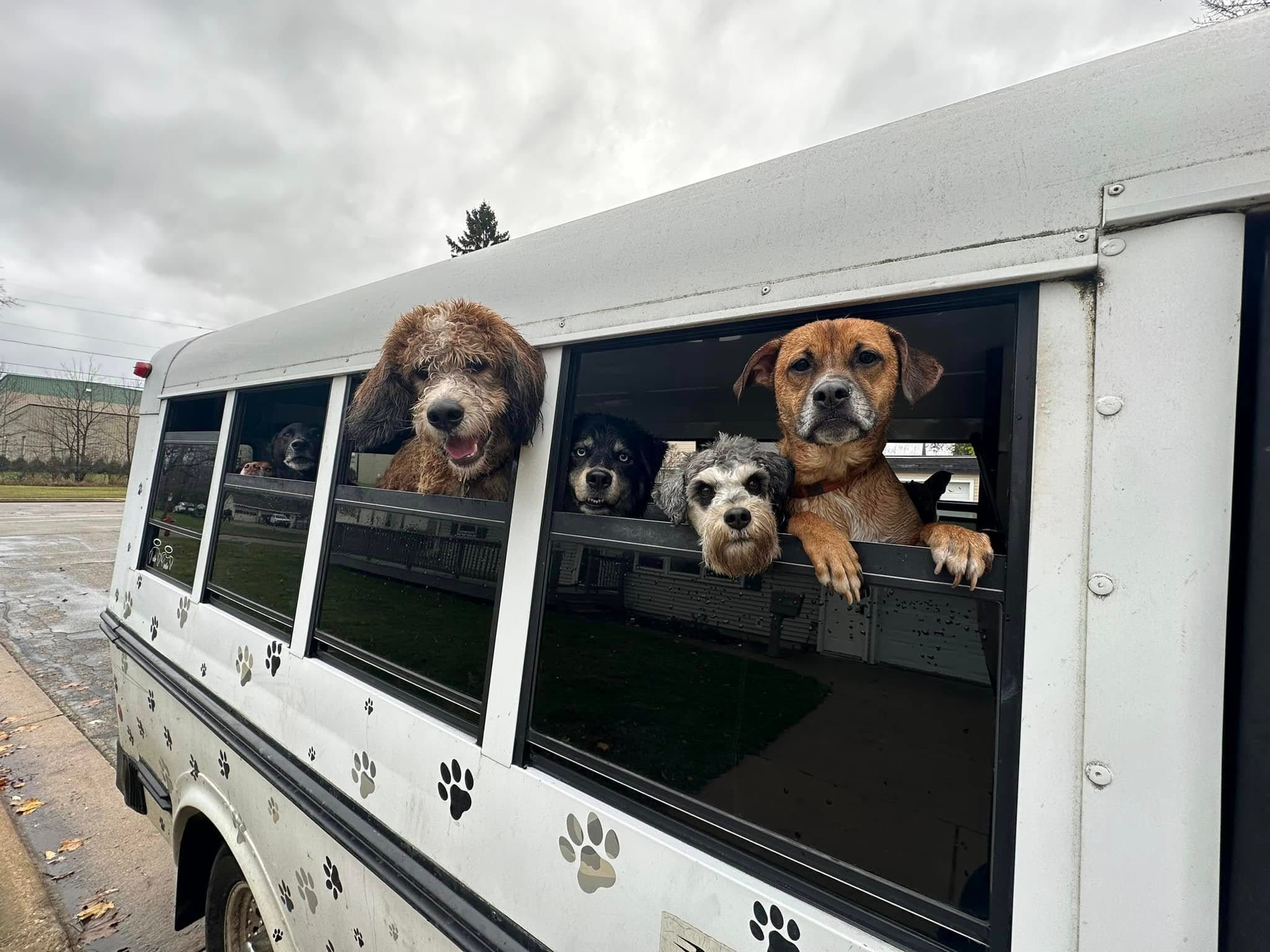In the years Jorge Melara has spent training dogs — and their owners — one of his simplest rules comes down to making sure the owners know and understand what behavior they’re rewarding.
Melara, a certified professional dog trainer who owns Divine K-9 in Madison, joined Wisconsin Public Radio’s “The Larry Meiller Show” to talk about his philosophy on dog training and how he gets into the canine mind. Little hint: It has lots to do with treats.
News with a little more humanity
WPR’s “Wisconsin Today” newsletter keeps you connected to the state you love without feeling overwhelmed. No paywall. No agenda. No corporate filter.
Dogs already come preprogrammed to do what their owners want them to do, Melara said. “We just have to apply labels and create value for those behaviors.”
He imagines that inside a dog’s brain are bookshelves, but instead of books on those shelves, there are piggy banks. Each of those piggy banks is labeled: sit, stay calm, roll over, play dead, chase the cat, chew on the molding.
“And we have the luxury and the privilege to go ahead and put treats in the piggy banks that we want to have value,” he explained. “So the more treats you put in the recall piggy bank, the better that behavior will be, the stronger it will get. Remember, reinforcement means make it stronger. “
What are you reinforcing?
Melara said while some dog owners may think they are rewarding the behavior they want, they may unknowingly be rewarding bad behavior.
He used the scenario of a dog jumping and then getting treats after being told to sit and complying with that command.
“So if my dog is jumping up and jumping up and jumping up, and I say, ‘Off, off, off — sit,’ and then I say, ‘Good dog — treat,’ well, I’m treating the sit, but I’m inadvertently rewarding the jump,” Melara said.
He continued: “So if you interview that dog, you say, ‘Hey, do you know how to sit, Sparky?’ And Sparky says, ‘Of course I do. First I jump up, and I punch you in the stomach, and then I sit,’ because you put those behaviors together.”
But creating healthy associations can lead to improved behavior. For example, if you are struggling with a fearful dog, see if the dog will take two or three treats from your hand. Then, toss one far away. The dog has to go get that treat, and to get more, it will have to return to you with the food.
“So you’re actually rewarding them for doing an appropriate approach,” Melara said. “And their mindset changes from being scared — stranger danger — to food acquisition. And that’s what we want.”
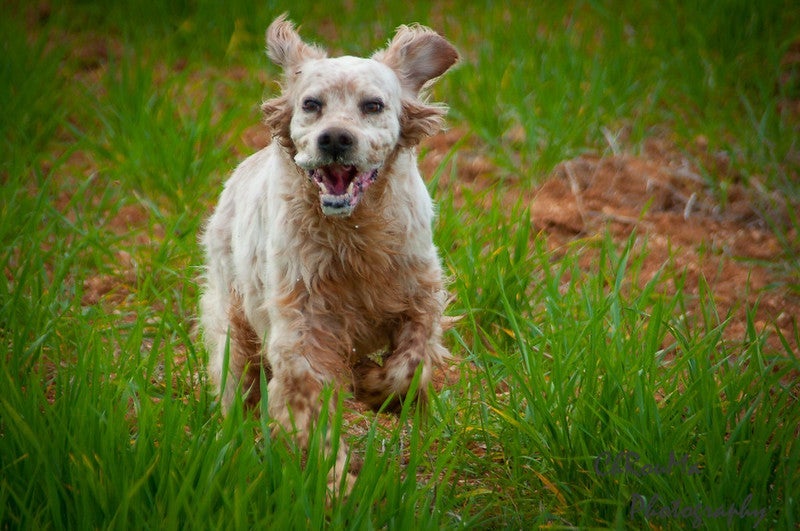
Treating recall
One skill that’s part of Melara’s core curriculum is the ability for owners to recall their dogs.
Dogs will run away out of fear or out of play, he said. But if the dog is playing keep away, Melara suggests making a high-pitched noise, saying the dog’s name, clapping a few times and then running away from the dog.
“That’s going to tap into their prey response and want to chase you. And then when they chase you, you grab their collar, you give them a bunch of treats, and then you send them off again, and then you run away again,” he said.
This activity, he said, reinforces the dog coming to the owner versus the owner chasing after the dog.
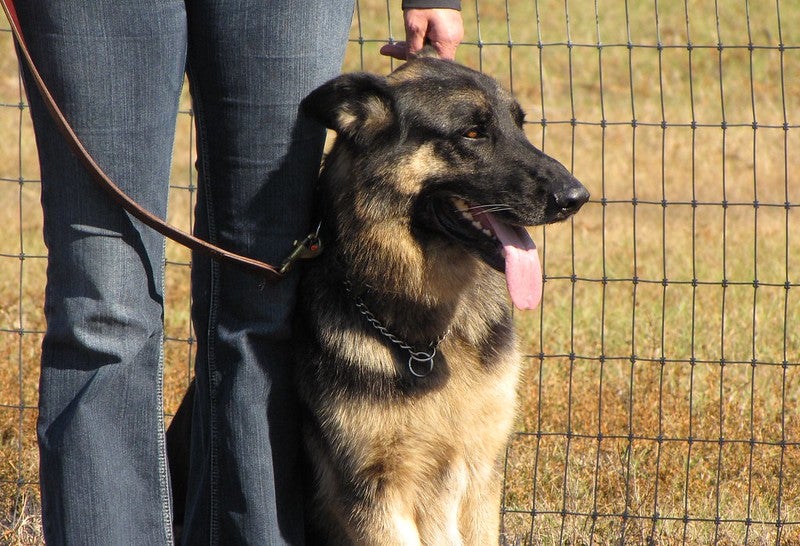
Treating reactivity on a leash
When someone is walking a dog on a leash and the two of them come across another dog, the person tends to do one of three things: wind up on the leash, nervously talk to the dog or use food as a distraction.
But those reactions teach the dog being walked to recognize the human’s behavior as a signal there’s a dog around somewhere. As a result, they’ll start to scan the area more. A better approach is to wait for the dog to see the other dog and then feed it treats.
“You’re going to start to see (the dog) start to make that association that when we see dogs, Mom gets generous with food. I’m going to pay attention to my mom when we see dogs. Dog equals treat,” Melara said.
“Any time he sees the (stimulus), you’re going to feed him,” Melara added. “The knee-jerk reaction is to punish a behavior like that. But if we jerk the leash and say, ‘Hey, hey knock it off,’ he already doesn’t like it. He’s just going to think you don’t like it even more.”
“By pairing it with food, we’re teaching him to make that association, and then over time, it ends up being similar to a scavenger hunt where he sees a bike, a cyclist or a person or a dog,” he said, “and then he’s going to see it and then turn to you and say, ‘Hey, don’t I get a treat for one of those?’”
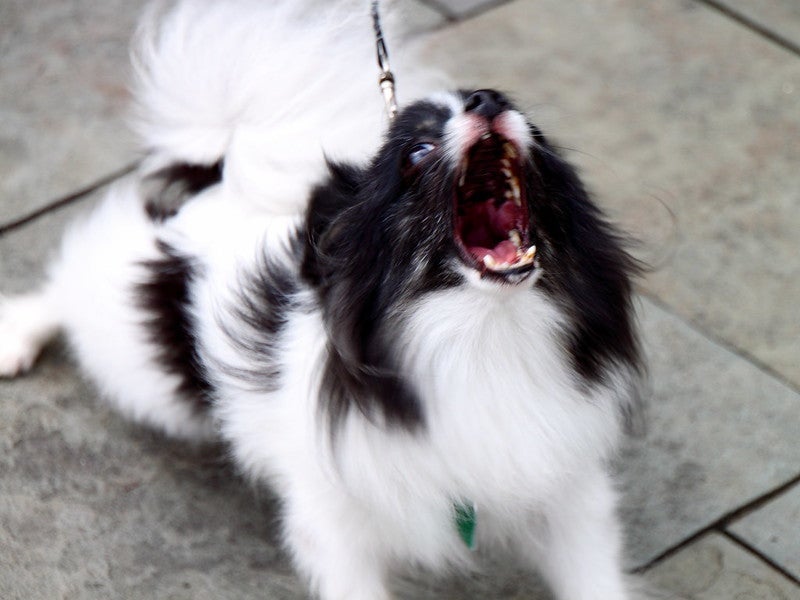
Treating over-treating
Dog training requires lots of treats, and that can be worrisome when it comes to dogs’ health. But Melara said it’s easily remedied by scaling back their food intake in other places.
“What you can do is just cut back their breakfast or dinner a little bit and use those extra calories for when you’re on a walk and bump it up to a high value treat,” he said. “That is going to also be healthy for your dogs.”
He also mentioned freeze-dried chicken hearts, feed and liver are pure protein options for the dog and are often a low calorie option.
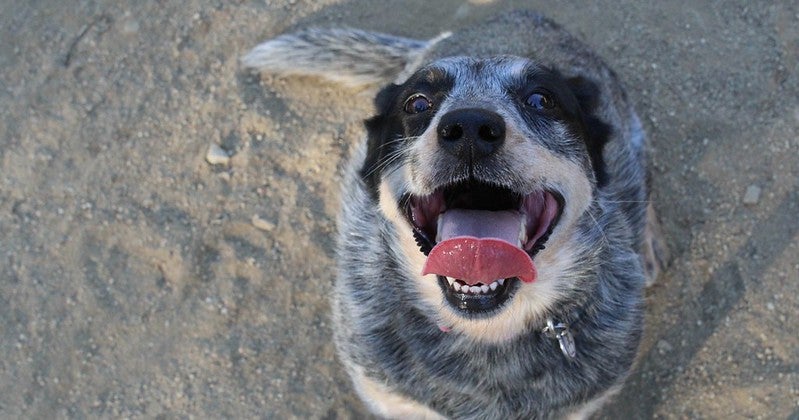
Getting good behavior, wherever you are
Melara said dog owners might train and get excellent behavior from their dogs in the sterility of their livings rooms. But once the dog is in the real world, good behavior disintegrates.
That’s because the distractions might just be too much for the dog.
“One thing I do mention to all my students and clients is if you want your dog to be good everywhere, you got to train everywhere,” he said.
He urged that owners might have to start from scratch in new environments, and that owners should muster as much patience as possible as the dog is encouraged to “generalize the behavior” that he or she displays so well at home.
The one place that may require more training ahead of time is the dog park.
“At the dog park, you’re dealing with so many layers of arousal and just excitability — just the drive there alone is going to be exciting for your dog,” Melara said.
To train and prepare for that, Melara suggests running through the dog’s obedience curriculum between periods of arousal.
For example, ask the dog to sit, stay, stay calm or whatever behavior they know, and then play tug of war or be rough and tumble with them. Then command them to sit down and stay, and repeat.
“When we sandwich in that tug of war in play, it creates what I call ‘synthetic arousal,’” Melara said. “And then when we go back to the focus game, whatever that might be, they have to sort of be thoughtful and be able to flip that switch going from arousal back to focus.”
Wisconsin Public Radio, © Copyright 2025, Board of Regents of the University of Wisconsin System and Wisconsin Educational Communications Board.

